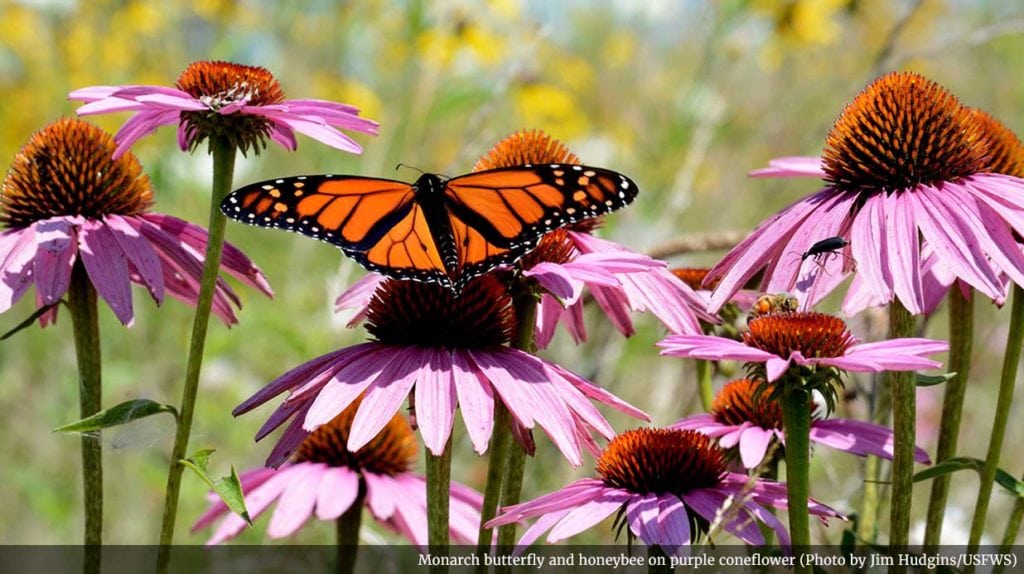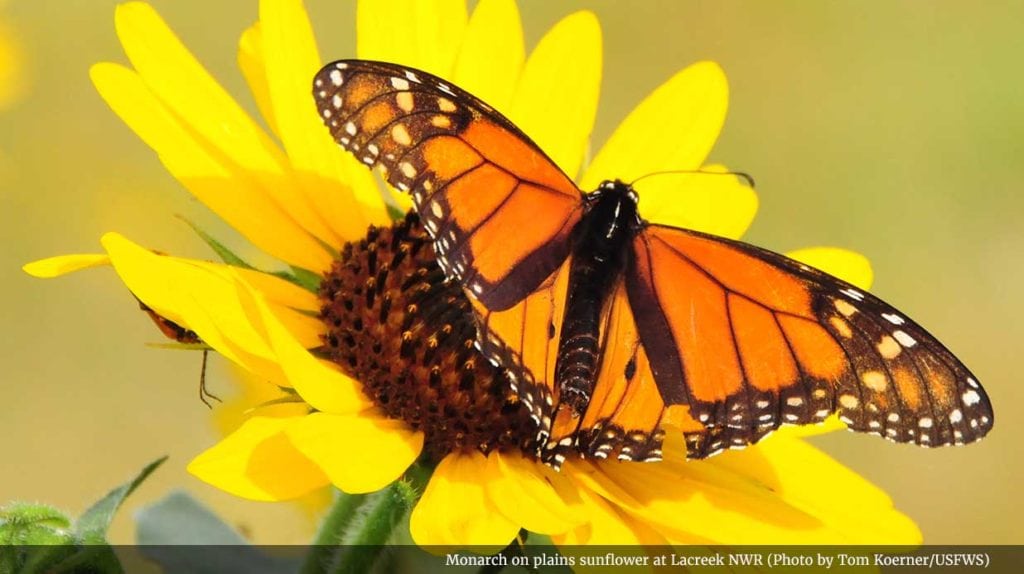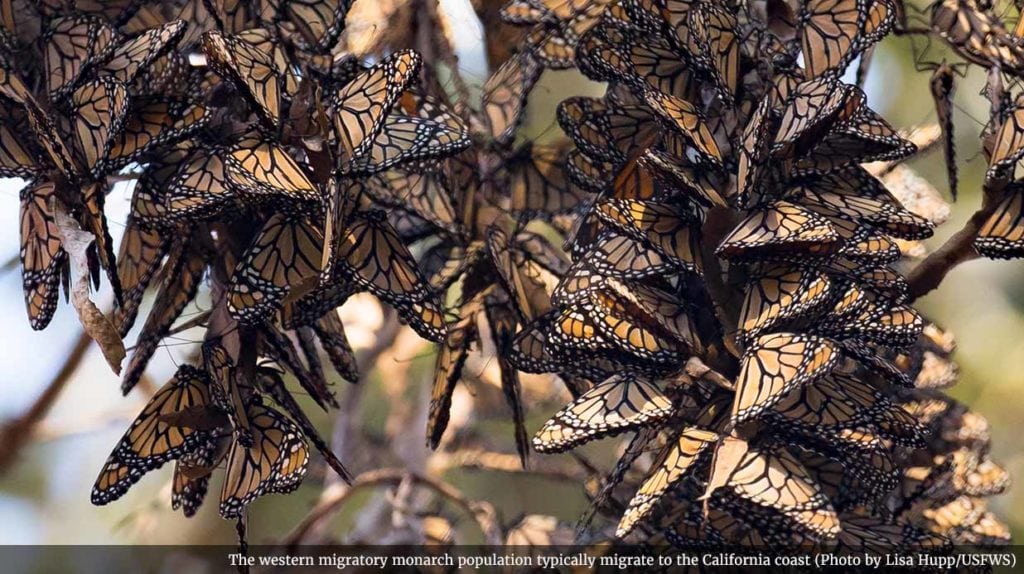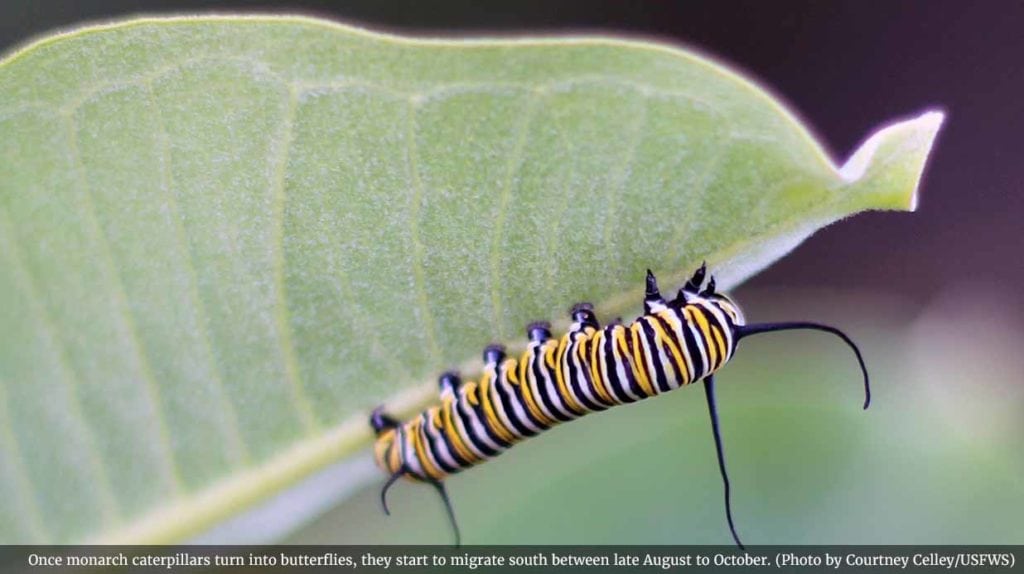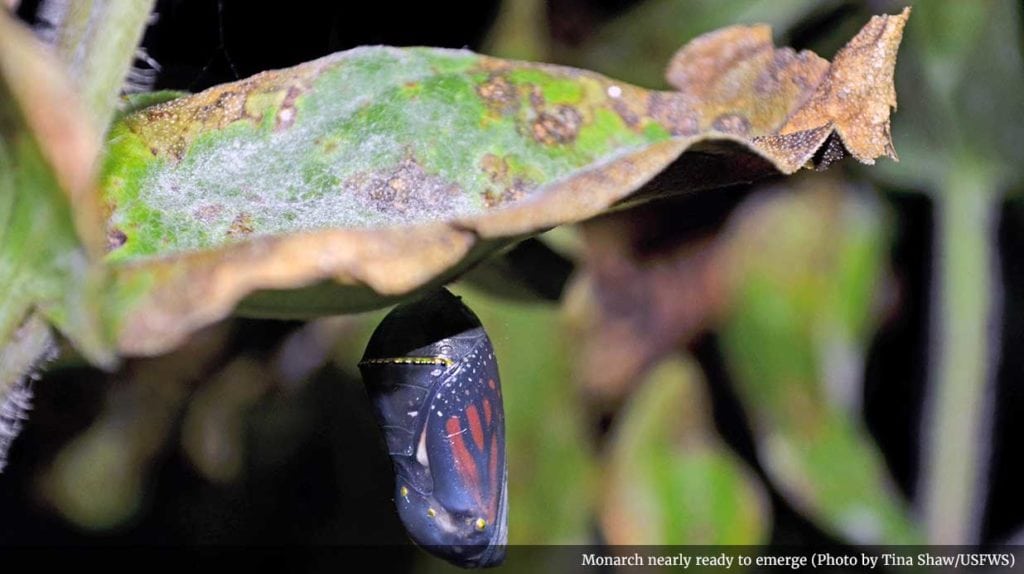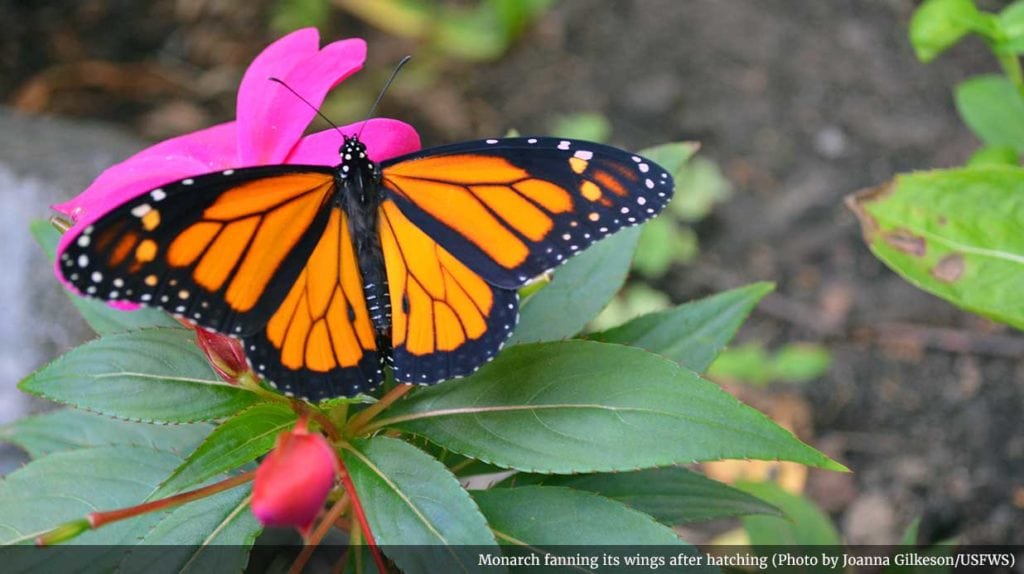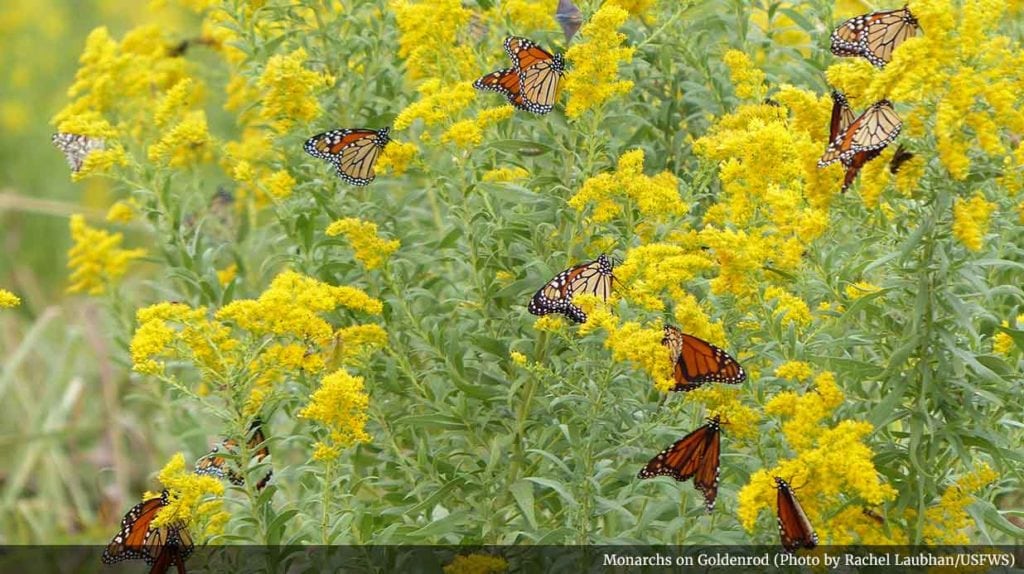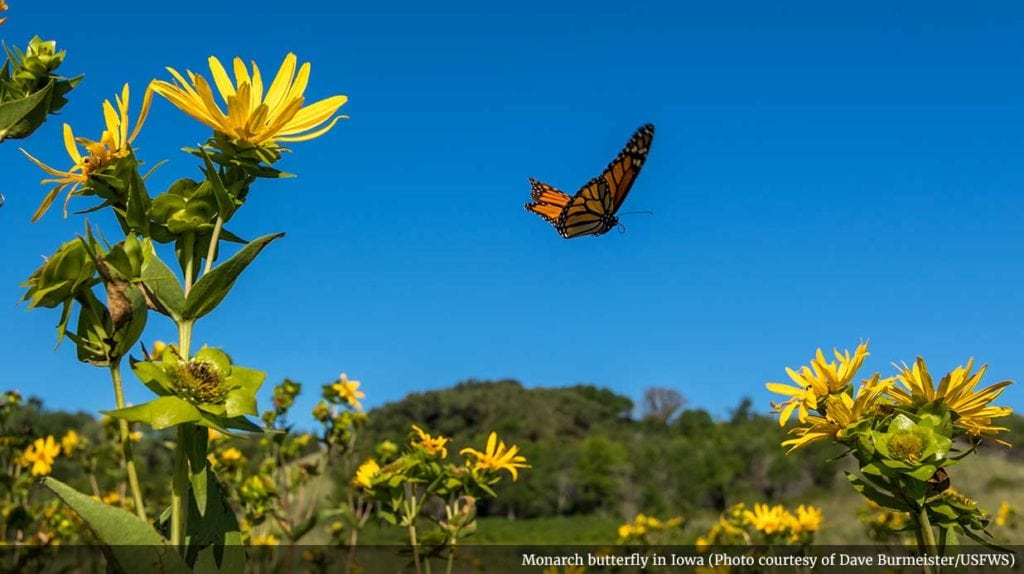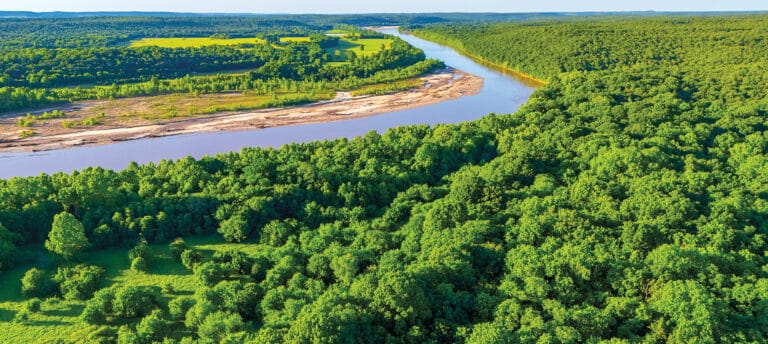The Animal Kingdom is about to see the start of one of its most spectacular annual events: the migration of millions of fluttering monarch butterflies from northerly breeding grounds to winter nesting zones throughout Mexico’s Sierra Madre Mountains.
Starting in early fall, monarch butterflies that have hatched in northern states across the U.S. as well as Canada and warmer climes along the West Coast will start an epic 3,000-mile-long journey south along a series of migratory flyways that eventually converge along the Gulf of Mexico and through central Texas.
Read more: Aflutter over Monarchs
The butterflies only fly during the day, roosting close together during the cooler autumn evenings. Oftentimes, the same roost sites are used year after year, with pine, fir and cedar trees being preferred for their thick canopies, which moderate temperatures and humidity at the roost site.
Flying distances of 50 to 100 miles each day—the longest-recorded distance was 265 miles in one day!—the eastern population of monarch butterflies are headed toward the same 11 to 12 mountain areas in the states of Mexico and Michoacan from October to late March.
Here, at cooler altitudes of between 8,000 to 11,000 feet, the monarch butterflies gather in huge colonies in the stands of oyamel fir forest that carpet the hillsides. Clustering together to conserve heat, the humidity in the oyamel forest assures the monarchs won’t dry out allowing them to conserve energy through the winter.
With the warming temps and longer days of spring, the migratory generation of monarchs continues the development they halted prior to their fall migration, becoming reproductive and laying the eggs of the new generation. This starts the northern journey back to North America. Unlike the generation before them, who made a one-generation journey south, successive generations will make the journey north.
Find out more about the annual monarch butterfly migration:
- Monarch Butterfly Migration & Overwintering (U.S. Fish & Wildlife Service)
- Monarch Migration Tracker (MonarchWatch.org)
- Monarch Migration (Monarch-Butterfly.com)
- Monarch Butterfly Facts (NationalGeographic.com)
